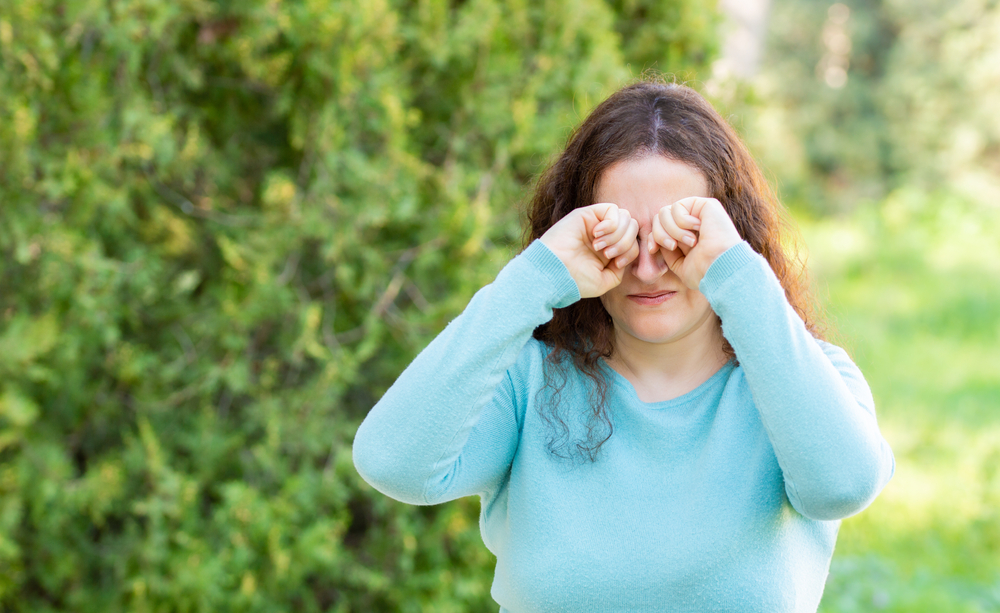
Dry eyes are surprisingly common, but yet many people don’t realize that they are suffering from an actual condition or that there are treatments that can alleviate the symptoms that they are experiencing and improve their vision and quality of life.
Symptoms of Dry Eyes
There is a range of symptoms associated with dry eyes. You may experience any, some, or all of the following:
A sensation of having something like grit or sand in your eyes
A stinging, burning, or scratchy sensation
Blurred vision
Difficulty wearing contact lenses
Difficulty with driving at night
Dry, stiff eyes that feel hard to move
Eye redness
Sensitivity to light
Stringy mucus in or around your eyes
Watering eyes, which is an emergency response that occurs when fluid floods the eyes, however, this fluid lacks the necessary components to be effective as tear film.
If you are experiencing any of these symptoms, schedule an appointment with your eye doctor for an assessment.
Treating Dry Eyes
If you are diagnosed with dry eyes, you may find that the condition goes away on its own fairly quickly. However, if the symptoms persist, you may need to consider treatment to alleviate them and to improve your quality of life. Fortunately, there are a variety of options available.
Self-Care Strategies
Before you try medications and more significant treatments for your dry eyes, your eye doctor may recommend that you try a few simple self-care strategies at home which may provide some relief. These include:
Remembering to blink regularly, especially when using a digital device or looking at a television screen.
Increasing the amount of fluid you are drinking, ensuring that you consume at least 8-10 glasses of water each day as dehydration can be a key contributor to dry eyes.
Wearing sunglasses when outside to reduce exposure to sun and wind.
Increasing the humidity levels inside your home/place of work.
Taking supplements that contain essential fatty acids.
Changing medications if you currently take any that list dry eyes as a side effect.
If these self-care strategies are unsuccessful, enquire about professional treatment from your eye doctor.
Artificial Tears
As their name suggests, artificial tears replace the missing tear film with a man-made alternative, creating hydration that stays on the surface of the eyes. Artificial tears can usually be administered multiple times a day as needed, but some types can blur your vision for a short while afterward.
Antibiotic Eye Drops
Most people who suffer from dry eyes also experience inflammation and swelling of their eyelids, and this can prevent the glands from producing tear film as effectively, and in particular, prevent the oil glands from producing the oil that is one of the main components in the tear film. Antibiotic eyedrops may help to counteract inflammation and reduce your symptoms.
Anti-inflammatory Medications
Similar to antibiotic eye drops, anti-inflammatory medications may also be prescribed for patients with dry eyes. These work to counteract inflammation on the surface of the cornea that may be contributing towards dry eyes.
Punctal Plugs
If the tear film is draining from your eyes too quickly and causing dry eyes, it may be possible to plug the drainage channels which will keep tear film on the surface of the eyes for longer. This is done using tiny devices called punctal plugs that are inserted in a simple, painless procedure. There are some types of punctal plug that dissolve slowly overtime or a more permanent variety. Your eye doctor will be able to recommend the type to suit you best.
For more advice on treating dry eyes, or to schedule an appointment, please speak to our experienced and knowledgeable eye care team today.







